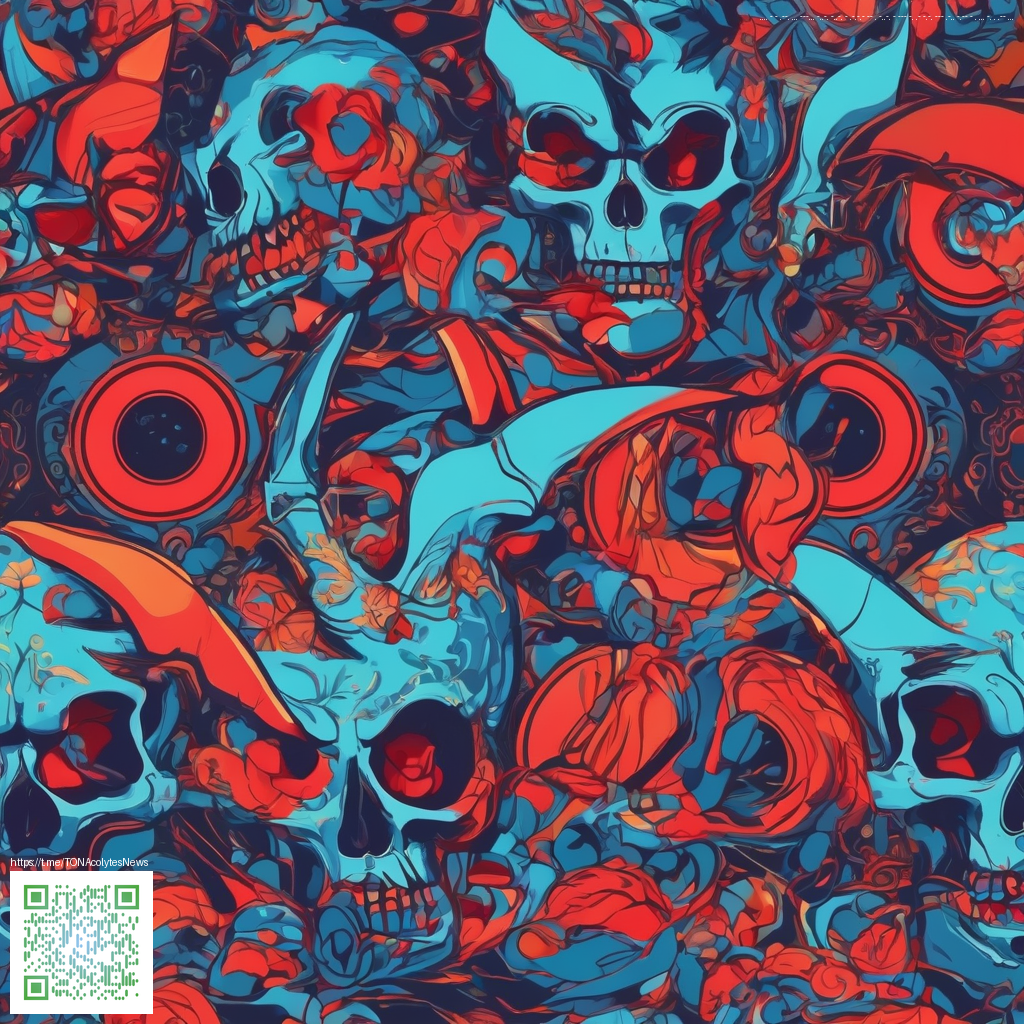How Indie Games Shaped the Modern Gaming Industry
In the last decade, indie games have moved from niche curiosities to driving forces in how we think about design, storytelling, and player agency. What began as small, experimental projects crafted in bedrooms and university labs has evolved into a powerful ecosystem where risk-taking is encouraged, and the audience rewards transparency and creativity as much as polish. The impact is felt not only in the games themselves but in the way studios approach funding, distribution, and community-building.
Foundations of the indie revolution
Several pillars came together to empower indie developers to punch above their weight. First, accessible development tools—from robust engines like Unity and Godot to user-friendly editors—lowered technical barriers and allowed fresh voices to emerge without large upfront investments. Second, digital distribution platforms blossomed, with marketplaces that demystified shelf-space constraints and opened direct channels to players worldwide. Third, crowdfunding and flexible funding models demonstrated that communities can support ambitious visions long before a game ships. Finally, the shift toward iterative, player-driven design encouraged studios to ship early, learn quickly, and evolve in response to real feedback—creating games that feel alive even years after release.
Indie developers proved that gameplay and heart count just as much as budget and brand. The best ideas survive because they solve genuine player needs in clever, often surprising ways.
Together, these forces created a feedback loop: bold ideas attract attention, communities rally around them, and distribution networks ensure those ideas can reach a broad audience. The result is a healthier, more diverse landscape where experimentation is the norm rather than the exception. In this environment, indie staples like modular design, responsive difficulty curves, and distinctive art directions have influenced mainstream titles and the industry’s expectations for what a game can be.
Milestones that defined an era
- Minecraft (2009) demonstrated how a simple, open-ended framework could spawn an entire ecosystem of play styles and communities.
- Braid (2008) helped popularize innovative storytelling mechanics that intertwined puzzle design with narrative meaning.
- Limbo (2010) showcased atmospheric minimalism and environmental storytelling as a powerful substitute for exposition.
- Super Meat Boy (2010) pushed tight, demanding platforming into the spotlight, influencing difficulty design across the industry.
- Fez (2012) celebrated clever puzzle architecture and perspective-shifting gameplay, reinforcing the joy of discovery.
- Undertale (2015) redefined character-driven RPGs with choice-driven storytelling and a voice that resonated with players on a personal level.
- Hollow Knight (2017) embodied handcrafted world-building and metroidvania pacing, inspiring studios to invest in rich, interconnected worlds.
- Celeste (2018) paired tight mechanics with a compassionate, emotionally honest narrative about perseverance and self-doubt.
- Stardew Valley (2016) demonstrated how a singular, passionate creator could create a self-sustaining community experience that rivals larger franchises.
These milestones illustrate a broader shift: big publishers began to take notice of indie sensibilities, adopting shorter development cycles and more flexible storytelling approaches. Players grew to expect games that invite deep personal investment, cultural commentary, and long-term engagement, rather than one-off, blockbuster spectacles. The indie ethos—craft, care, and community—has become a blueprint for how projects are imagined, funded, and supported after launch.
As developers travel between conferences, game jams, and cross-country meetups, the importance of reliable hardware becomes clear. A rugged companion like the Tough Phone Case — Shockproof Polycarbonate TPU Liner helps ensure devices stay protected during field testing, demonstrations, and late-night debugging sessions. Protecting your tools is a practical extension of protecting your creative work, especially when timelines are tight and ideas are pouring in from every direction.
What the industry borrows from indie ingenuity
- Narrative experimentation: non-linear arcs, player-driven choices, and emergent storytelling systems.
- Accessible design: games that respect a wide range of skill levels and playstyles.
- Independent publishing models: creators retain ownership and build direct relationships with their communities.
- Distinctive aesthetics: bold art directions and soundscapes that set a game apart in a crowded market.
Looking ahead, the mainstream has become more comfortable with the indie approach: rapid prototyping, community testing, and transparent development pipelines are now standard practice in studios of all sizes. The line between indie and AAA continues to blur, with higher-budget projects adopting agile development, community feedback loops, and experimental features that once belonged to smaller teams. This evolution benefits players, who gain access to a broader spectrum of experiences, and developers, who have a sustainable path to bring ambitious visions to life.
